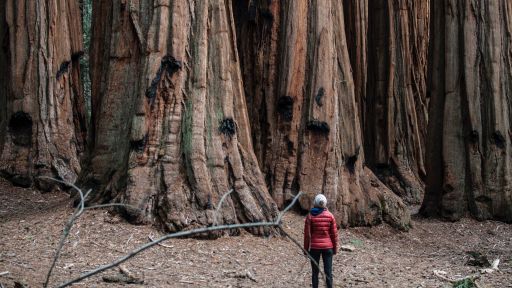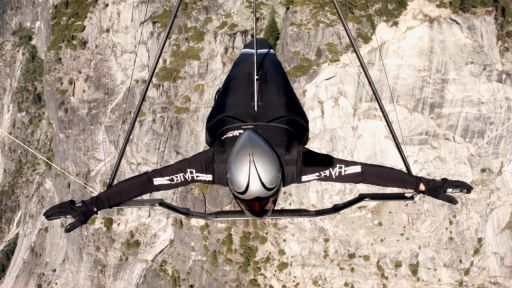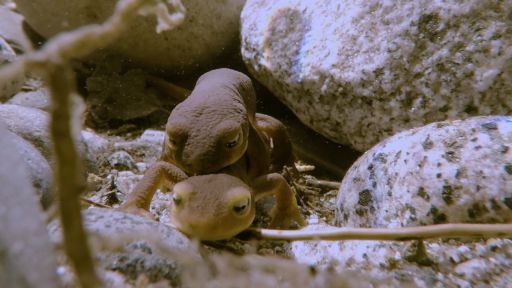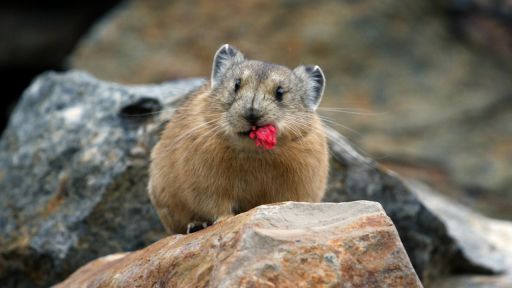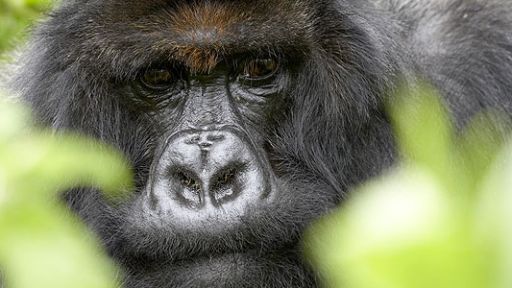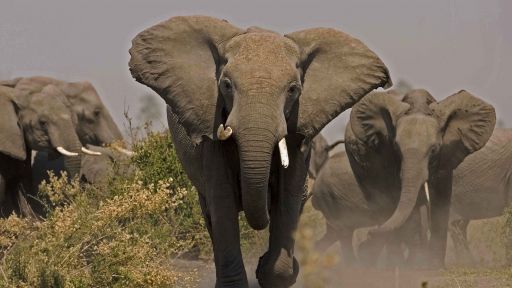The Sierra Nevada, a mountain range running about 400 miles along the eastern side of California and stretches into Nevada, is home to three national parks: Sequoia, Kings Canyon and Yosemite. This is a land of giants, whether speaking of trees soaring to nearly 300 feet, or massive stone monoliths far taller than any skyscraper. But the force that has given rise to the earth’s largest living trees and carved out the iconic natural landmarks of the Sierras is water. The role that water has played in the creation and evolution of Yosemite Valley cannot be overstated – feeding its numerous wild rivers and countless waterfalls, and making life in this stone wilderness possible. The second force, crucial to the Giant sequoias’ ability to reproduce, is fire. It is the delicate balance of these two elements, water and fire, that is vital to the continued existence of the wildlife and trees that inhabit the Sierras.
Despite the recent heavy rains and snowfall, scientists are finding that water is scarcer and the threat of fire is more likely as the area continues to experience rising temperatures upsetting that important balance. Geologists, ecologists, researchers and adventurers investigate how the changing climate is affecting Yosemite, one of America’s greatest wildernesses.
Shot in 4K, the film opens at dawn in Yosemite Valley where hang glider pilots like Jeff Shapiro get ready to launch their aircraft at Glacier Point. Once aloft, the valley’s famous glacier-shaped granite landmarks such as El Capitan, Half Dome and Sentinel Rock come into view. The scenic valley can also boast of having the tallest waterfall in North America, Yosemite Falls, as well as Bridalveil and Horsetail.
Water has long been synonymous with the Sierras as more than 30 percent of California’s fresh water comes from the area’s snowfall. Filmmaker Joseph Pontecorvo follows members of the California Cooperative Snow Survey Program in the high peaks as they determine the amount of water in the year’s snowpack. They find an improvement over recent drier years but confirm that the water content is still far from normal, and with rising temperatures, the snowpack will continue to shrink over the long term.
In Sequoia National Park, U.S. Geological Survey’s Nate Stephenson, a forest ecologist, explains how fire and snow create the necessary conditions to produce Giant sequoia seedlings that have a potential life span of more than 3,000 years. Although hardy trees, Stephenson is noticing they are losing foliage as the atmosphere pulls more water out of the leaves due to increased temperatures. Researcher Anthony Ambrose and his team are shown monitoring the Giant sequoias’ water supply by taking leaf samples from both the canopy and base of the trees. They are finding greater stress levels than ever before, but given the resilience of these trees, Ambrose hopes to determine how much stress they can withstand.
Yosemite also focuses on the wildlife that make their home in these protected parks. Peregrine falcons are back once again to nest on mountain cliffs, and there has been an effort underway to stage the return of the Sierra Nevada bighorn sheep. The film describes how the California Gold Rush resulted in severely decreasing the bighorn population in the mid-1800’s and how the Sierra Bighorn Sheep Recovery Program is working to restore these icons to the high country.
While the Sierras experience more dramatic shifts of weather, from flash floods to extreme drought, only a good snowmelt provides photographers with a once a year chance to capture a remarkable sight at sunset: if enough water cascades over Horsetail Fall as the sun hits it, the waterfall glows like a ribbon of red orange fire. The power of water continues to exert its influence in Yosemite.

